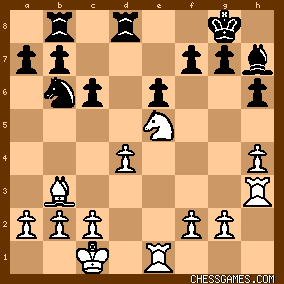nummerzwei: At move 22, Tal offers the d4-pawn with 22.Rh3!? (in place of 22.c3 with play similar to the game):
click for larger viewIn case of 22...Rxd4, he had prepared 23.Nxf7!, whereupon 23...Kxf7? 24.Bxe6+ loses for Black as follows: a) 24...Ke7/Ke8?! 25.Bf5+ +-
b) 24...Kf8 25. Rf3+ +-
c) 24...Kf6 25.Rf3+ Kg6?! 26.Bf7#
d) 24...Kg6 25.Rg3+ Kh5 26.Rxg7 +,-, threatening e.g. 27.g4+ Kxh4 28.Rh1# Apart from those lines, Tal also points out the stronger alternative 23...Bf5! in his book on the match.
After 24.Rf3, the move 24...Re4! suggested by Stockfish improves on Tal's 24...Bg4 25.Rg3 Bh5 26.Ne5 ± 
click for larger view that lets him conclude the d4-pawn is untouchable (24...Kxf7? 25.Rxf5+), and after 25.Rxe4 Bxe4 26. Re3 (26.Rf4!?) Kxf7 (White doesn't get to retain the strong knight) 27.Rxe4 ⩲ 
click for larger view both 27...Re8 and 27...Nd5 give Black an inferior, but distinctly tenable endgame. So, contrary to to Tal's opinion, 22...Rxd4 is not a mistake, and may even be seen as Black's most straightforward way to equalize. In the game continuation, White retains his space advantage, which is quite poisonous. | 




